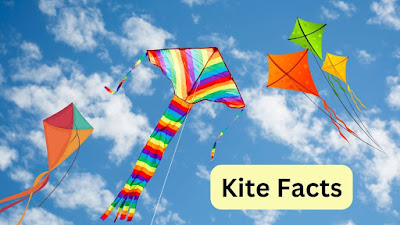Honey Bee Facts
Who is ready for some trivia and learning? Which is not a
type of Honey Bee found in a hive? (A.) Queen, (B.) Wasp, (C.) Drone, or (D.)
Worker.
Continue reading to learn some facts about the honey bee!
Let me tell you a little about the hard-working Honey
Bees! Did you know that the Honey Bee has five eyes and six legs? The two big
eyes on the Honey Bee are called compound eyes, and they are on both sides of its head; the other three are called ocelli eyes, and they are in the
center of the Honey Bee’s head. A Honey Bee has three body sections: The head,
thorax, and abdomen. The thorax is a Honey Bee's midsection, with its six legs attached.
Facts about Honey Bees:
1. Honey Bees have two pairs of (4) wings. The wings are
attached to the thorax. The two forewings are more significant than the two hindwings.
Their wings are made out of a material called chitin. Honey Bees use their wings
to cool the temperature down in the hives and, of course, for flying to collect
pollen to make honey!
2. Honey Bees live in large groups called colonies. The
colonies (hives) consist of three kinds of adult bees: drones, worker bees, and
a queen bee. There are hundreds of drone bees. A drone bee is a male Honey Bee.
The role of the drone bee is to mate with the queen bee. There are over 20,000 plus
worker bees. The worker bees are female. The role of the worker bee is to take
care of the young bees and the queen bee. They also clean and make the hive
bigger. They hunt for food and bring it back to the hive. They make the honey.
Worker bees work hard.
3. Drone bees are not capable of stinging. Some people are
allergic to bees. Bees can sting you, so be careful when around them. It is best to only go near them if you know what you are doing. When a bee loses its stinger,
it will die.
4. Bees can fly about 20 (MPH) miles per hour.
5. A Queen Bee can lay over 2,500 eggs per day. When the queen bee lays eggs, the Worker Bees choose about 15 to 20 fertilized eggs. The Worker Bees feed the larva royal jelly, and whichever larva matures
the quickest will become a queen bee.
6. Worker Bees make honey by flying to hundreds of flowers daily to get nectar. They hold the nectar in their stomach, a
honey sac. Worker bees have two stomachs, one for food and one for storing
nectar until they return to their hive. They also have hairs on their hind legs
(pollen basket) that allow them to carry pollen. When the worker bees
return home, the pollen is used to feed the larva, and the rest is stored until
used. The nectar is used to make the honey. The worker bees pass the nectar to
the younger worker bees, who chew the nectar for a while, and then it is stored in the honeycomb, where it will become honey.
7. Bees are essential to humans because they pollinate
our food crops. Pollination is where bees or other insects move pollen from one
plant to another. The pollen fertilizes the plant, which can produce vegetables, fruits, and seeds because of pollination. Give a big
thanks to the Honey Bees and other insects that move pollen from one plant to
another.
8. over 18,000 species of bees worldwide, and
over 3500 of them come from the United States.
Can you share a Honey Bee fact with us?
Books about Honey Bees:
1. The Way of the Hive: A Honey Bee's Story by Jay Hosler
2. The Life and Times of the Honeybee by Charles Micucci
3. Flight of the Honey Bee by Raymond Huber
4. The Secret Life of Bees: by Moira Butterfield
Parents ensure all books are child-friendly before reading them to their child/children.
Short story alert:
Once upon a time, this tiny little honey bee loved to fly high above the flowers. We will call her Swoopy! She would swoop down, land lightly on a beautiful flower, and get all covered in pollen. Once she is done collecting the pollen, she flies way up high and swoops down upon another flower. When Swoopy lands on the flowers, she gathers pollen. Some bees collect both pollen and nectar, but Swoopy just gathers pollen. Swoopy has to transfer pollen from one plant to another to reward the bees with nectar. Without pollen or bees like Swoopy, plants would be unable to reproduce. Bees like Swoopy are pollinators. Swoopy loves to carry pollen from plant to plant. It is her job to do so. She works very hard at what she does. Swoopy is a worker bee, and she gets the job done. When Swoopy has finished collecting enough pollen in her baskets on her hind legs, she flies back to her hive and unloads the little balls of pollen she has collected. The pollen will feed the bees in the hive. Swoopy and the other worker bees make many daily trips to flowers to collect pollen and nectar to feed the baby bees and themselves. THE END! by Mimi Jones























